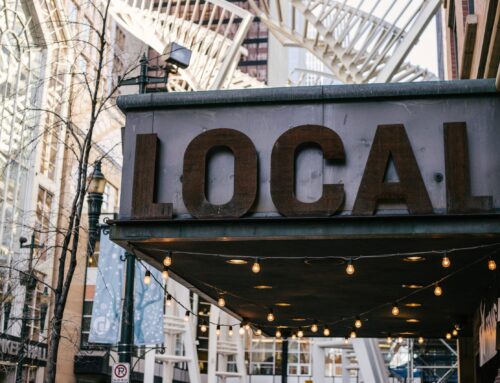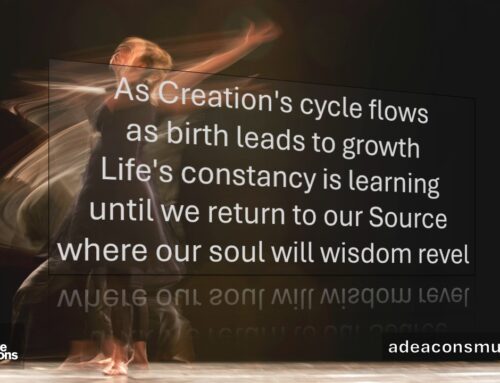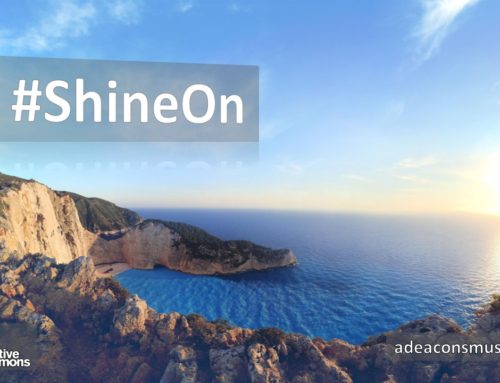Part #2: Holy Saturday
• The last week has been, once again, difficult – to say the least …
• The last week has been, once again, joyful – to say the least …
We have, on the one hand, celebrated (as church) such faithful solidarity work by participating at Steinbach Pride. During this first Pride event in Steinbach, MB, over 4000 people showed up. In this context, in which secular faith-based allies marched, the ideal that human rights must and should confront discrimination, whether ideological or theological, was highlighted!
On the other hand, we have seen the horrible and tragic deaths of two African-American men a day apart by law enforcement. Then the shooting of seven officers and shocking death of five others in Dallas followed. All of this occurring in the swirl of #BlackLivesMatter and the challenge of systemic racism as a lived reality in the United States and Canada.
In these poles of blessing and horror, it is easy to feel somewhat removed in our Canadian context. As I was weeping and praying – joyfully and with lament – I felt the stirring of a blog that will likely need to be explored in more than one stage. I am hoping that this initial discussion, if you will, might set the stage for a conversation that the church, mainstream Protestantism in general and The United Church of Canada specifically, can explore as result of these recent events.
I thought, therefore, that the rest of this blog might name some of my assumptions as to the context of these events. Furthermore, I hope they might illustrate how these events connect with the church, as it finds itself today. The subsequent exploration, which will continue next week, will hopefully attempt to engage in some reflection that arises from both the following assumptions, as well as any subsequent conversations that might develop as a result.
Holy Saturday Assumptions:
-
-
- Though all lives matter, #BlackLivesMatter highlights and resists systemic racism;
- It is a false binary to pit #BlackLivesMatter against law enforcement;
- All racialized systems create tension for those who suffer oppression in respect to the agents who enforce cultural norms. In systems of inequality, First Responders are placed in a paradox in which stereotyping stands in contrast to the call to serve and protect;
- In most situations in which First Responders confront those who suffer oppression, the training often employed is grounded in force and coercion, when social service would be more generative to create a shared sense of commonality;
- Though #BlackLivesMatter is primarily a US movement, it does resonate with an African-Canadian racialized experience;
- #BlackLivesMatter serves to parallel and complement the Canadian endeavour to live into Right Relations as explored through the Truth & Reconciliation Commission & the United Nations Declaration on the Rights of Indigenous Peoples;
- Oppression and marginalisation, according to Liberation Theology, can place those who experience repression in opposition/competition with one another. As a result, this serves to detract from civil discourse about systems of inequality (i.e. Toronto Pride vs. #BlackLivesMatter);
- In our North American context, one of the central frames in which to explore oppression is White Privilege;
- The church – in particular mainstream Protestantism – in North America is grounded in a context of colonialism. Some refer to this as a settler position and is grounded in White Privilege. The church has/is wrestling with its complicity in this reality;
- Previously, the church was one of the primary actors that moulded the Other to be ‘normal’ (i.e. White). As an institution, the church is now confronting a loss of authority and power;
- The church now finds itself wrestling with its complicity in creating doctrine(s) that have led to trauma (i.e. racialized and sexual identity theologies). This complicity has revealed a confusion of the Good News with cultural practice;
- These theologies – often used to validate settler White Privilege – have exposed a tension between a church of Empire and an earlier church separate from the state and living in a radically different and egalitarian way;
- As the church (perhaps reluctantly) lives into this tension, it finds itself waking up on Holy Saturday;
- In the Christian calendar, Holy Saturday is an in-between time, where death has occurred (Good Friday) and there is no guarantee of resurrection (Easter) to come;
- It is in this uncomfortable place in which the institutional church now finds itself. One that is lonely and desolate. In what some call the Harrowing of Hell, hope flounders and doubt arises; and,
- Here we are presented with the choice to witness, to truly experience the implications of choices we have made, to listen to the traumas and pain in which we have colluded, and – perhaps – something new might be resurrected with Spirit’s guidance …
-
Source: CNN
Part #2: Holy Saturday








Your reflections are most welcome!